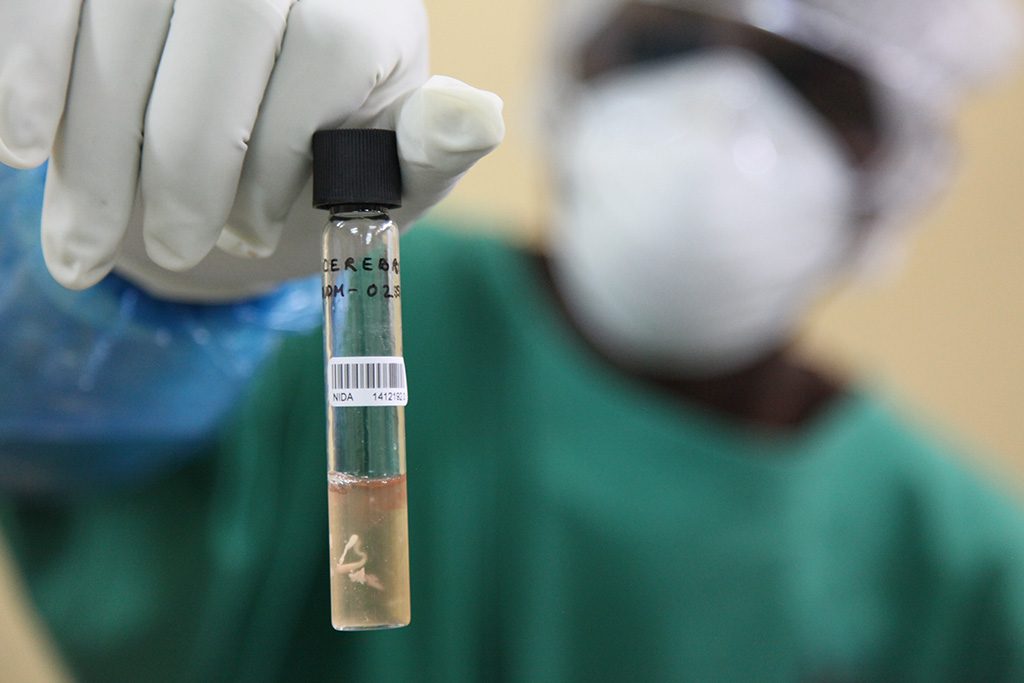Rational drug discovery aims to discover and optimize molecules that bind to, and modulate the behaviour of, therapeutic targets in the most effective and efficient manner. Existing methods aim to predict the binding affinity of a given molecule for its target, but this property is notoriously difficult to compute and lack of correlation between computed and experimental values is more the norm than the exception. In this work we propose an alternative view of protein-ligand complexes, enabling us to develop a method for the identification of drug candidates that is conceptually new and computationally efficient.
Starting from the observation that protein-ligand complexes are structurally stable, we hypothesise that this property (i.e. the ability to maintain a well-defined binding mode) can be primarily attributed to certain key hydrogen bonds. To probe this idea, we devised Dynamic Undocking (DUck), a fast computational procedure that quantifies the work necessary to break those particular interactions (WQB). The results demonstrate that active molecules form interactions that are hard to break, while this is not the case for the majority of inactive molecules. In consequence, DUck is a very effective method for virtual ligand screening.
More importantly, this work opens a different perspective on protein-ligand complexes. Besides looking at the situation of equilibrium – where two molecules make the best possible interactions – we must also consider which are the breaking points, how the complex will come apart and how we can improve the drug by making it more resistant to structural distortions. In fact, we demonstrate that Dynamic Undocking is orthogonal with existing (thermodynamic) approaches, and optimal results are obtained when both types of methods are combined.
Prospective validation of the method has led to the discovery of novel bioactive molecules for which the binding mode has been confirmed experimentally. The method is freely available for the wider scientific community and we are applying it to various internal and collaborative projects.
Reference
